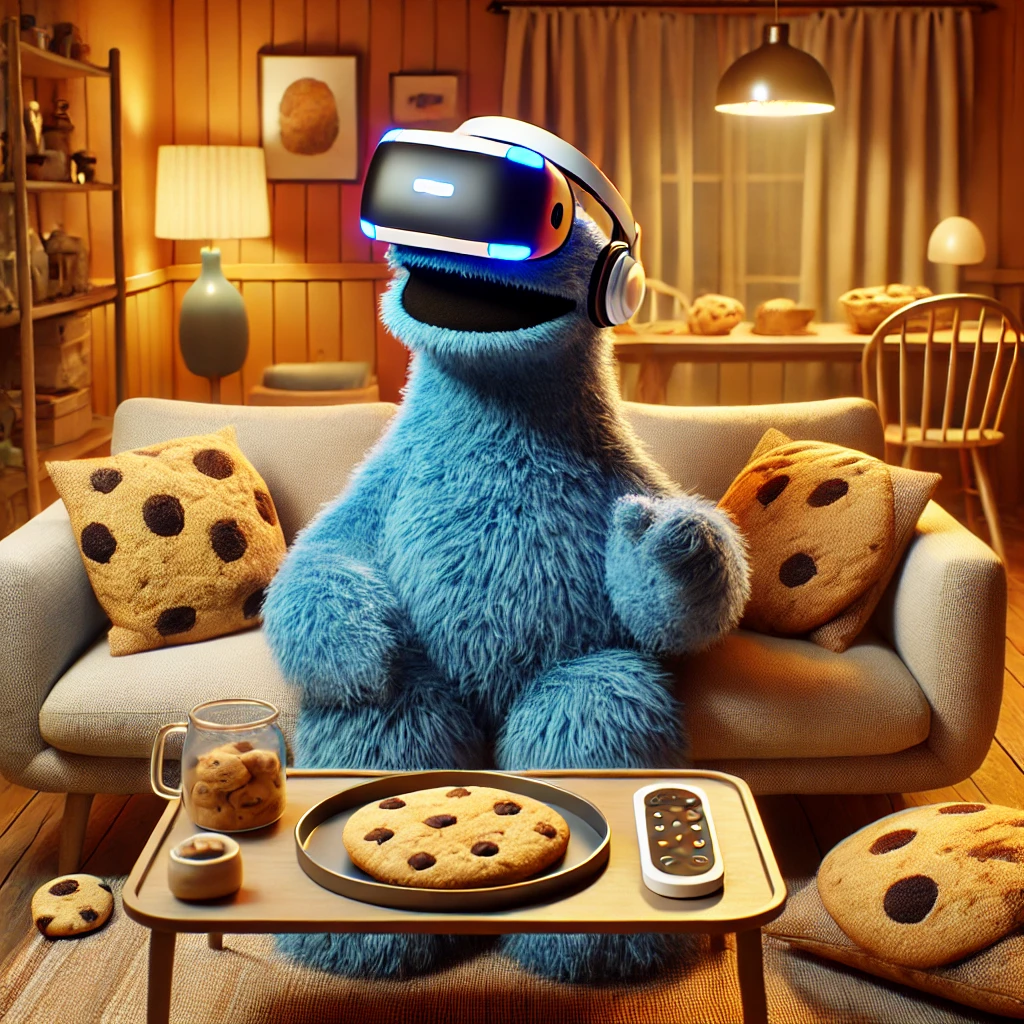Tech trends you need to know - part 2
A few weeks ago I wrote about two tech trends (Generative AI, aka GenAI, and the end of cookies) featured in the first two parts of HBR IdeaCast’s Tech at Work special series.
This post is about the third and fourth parts in the series covering digital collaboration tools and spatial computing. Let’s dive in.
How to get the most out of digital collaboration tools
Optimise tool selection to reduce overload and increase efficiency
It totally blew my mind to hear how long people spend looking for information at work each day. But then again, listening to this episode brought back members of all the times I got lost down the rabbit hole of searching for a file on an arcane filing system designed by a colleague who left long ago. The solution is to streamline the number of digital tools to reduce the time spent switching between applications and searching for information. Conducting audits and reducing the tools to a manageable number can help in focusing on efficiency and productivity.
“On average, we found people spend 84 minutes a day looking for the information they need to get their work done.”
Match tools to tasks for effective collaboration
It is crucial to align the choice of digital tools with specific tasks and collaboration needs. Tech and team leaders should provide clear guidelines on which tools to use for different types of work, such as using video conferencing for complex discussions requiring real-time interaction and reserving email or chat for simpler, less urgent communications.
“Companies that are doing well in remote work are helping their employees and giving them guidelines about what kinds of tools we might use for certain kinds of tasks.”
Establish clear communication norms and centralised information sources
Implementing structured communication norms and centralising critical information in a single source can significantly enhance team efficiency and reduce miscommunication. The central source should define the purpose of each communication channel and ensure all team members adhere to these standards, thereby fostering clarity and consistency in project management.
“It was really thinking about what’s the intention behind any of the communications we have going out... let’s have this spreadsheet. It’s going to be our single source of truth. All of the information about this project or initiative will live in one place, will list very clearly all of the owners and roles and responsibilities of people so people know who to ask questions to. And then we all can trust that all of the latest information is within this one place.”
The future of spatial computing
If I’m truly honest I don’t have loads to say on this episode. Spatial computing, like the Apple Vision Pro, is quite distant from my experience of work and its application is hard to imagine with one exception: the world of museums, galleries and visitor attractions. This being the sector that accounts for much of my work.
It’s not too big a leap to imagine the transformative effect of spatial computing on museums and attractions happening relatively soon. Indeed there have been great leaps and bounds in broadly similar fields since augmented reality entered the market.
We can easily imagine virtually visiting your favourite overseas museum without leaving your home. I’m excited to see the possibilities materialise. That said, call me old fashioned because I do have some sympathy with the argument that says nothing beats seeing a historical object, artwork or place in real life.
Either way, there are exciting possibilities and they’re coming to headsets near you very soon.
Image created using Dall-E.
